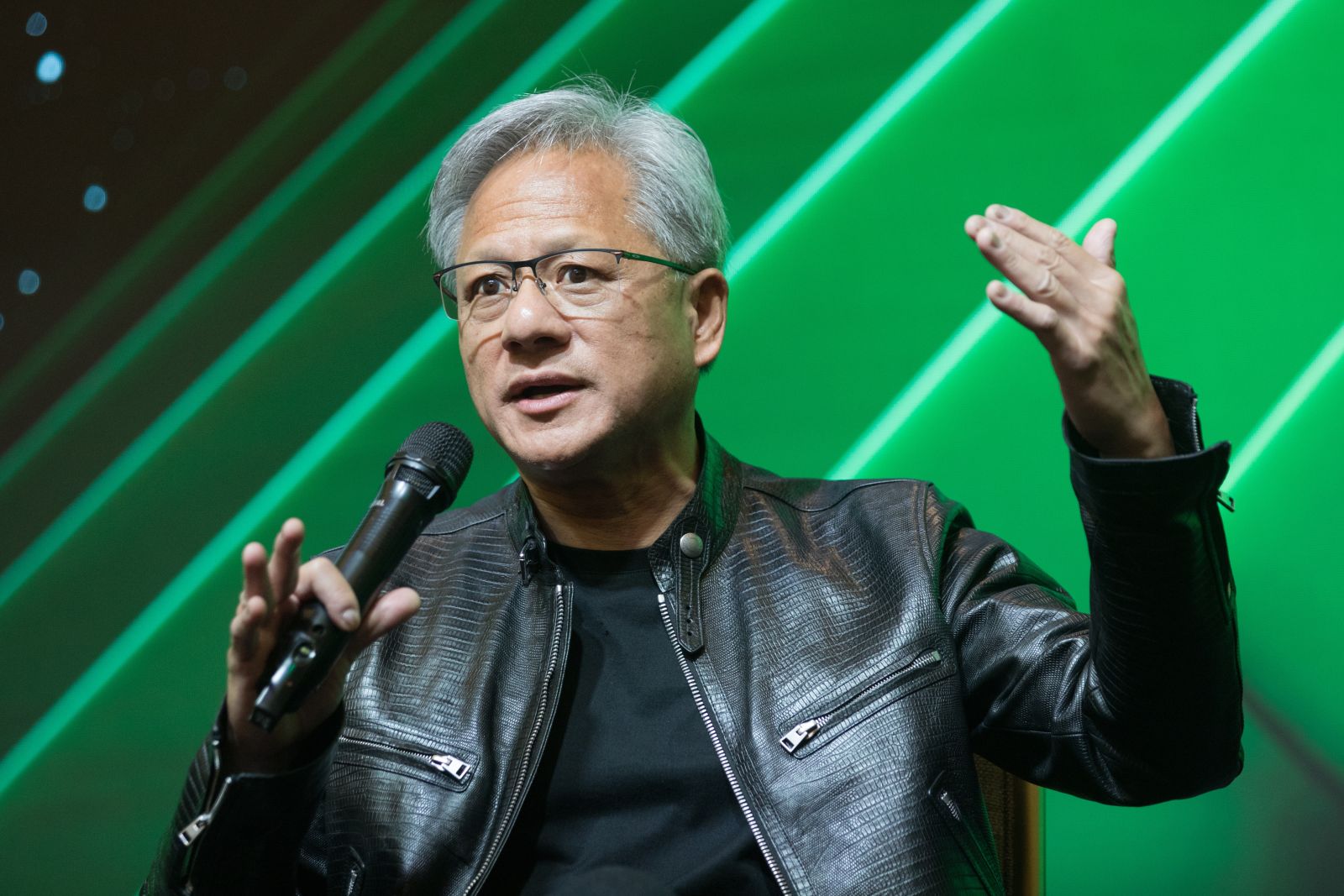
Semiconductor giant Nvidia (NVDA) has solidified its position as the world's most valuable company, achieving a market capitalization of $3.77 trillion - and surpassing its “Magnificent 7” counterparts Microsoft (MSFT) and Apple (AAPL) in the process. In fact, NVDA stock reached a new record high of $156.71 earlier today, representing a remarkable recovery of over 80% from its April 2025 year-to-date lows.
In the month of June alone, NVDA has gained a staggering 15.16% - easily outstripping its average return of 1.31% for the month since 2010. This is currently Nvidia’s best monthly performance for the month of June since 2021 - though it should be noted that this kind of double-digit return is roughly on par for the artificial intelligence (AI) chip leader over the last half-decade or so.

Looking ahead, Nvidia isn’t expected to report quarterly earnings until late August, and the stock has averaged a positive return of 3.03% in July dating back to 2010. However, last year’s 5.28% July selloff was a notable divergence from historical averages - and like most multinational market momentum leaders, NVDA is influenced by a number of significant factors beyond seasonal trends.
A bullish note from Loop Capital this week set a new Street-high $250 price target, underscoring growing confidence in NVIDIA's AI dominance and suggesting potential growth to a $6 trillion valuation. So, should investors buy into Nvidia’s strength - or wait for a pullback in the outperforming stock?
Nvidia’s Core Business Strength and Innovation
The chip company's Q1 2025 performance was exceptional, with revenue surging 69% year-over-year to $44.1 billion, including $35.6 billion from data centers. Nvidia's technological leadership remains unchallenged, with nearly 100 Nvidia-powered AI factories now in progress, double the number from the previous year.
The company maintains an aggressive innovation pipeline, planning annual chip architecture releases including Blackwell Ultra (2025), Vera Rubin (2026), and Vera Rubin Ultra (2027). Their GPU technology continues to be the backbone of most AI products, supported by their proprietary CUDA software platform, which creates strong vendor lock-in.
What’s the Outlook for Nvidia Now?
Despite ongoing challenges from U.S. export restrictions to China, which could impact approximately $8 billion in second-quarter revenue, Nvidia's core business remains robust. The company maintains impressive margins above 70%, despite product launches and market challenges. The broader AI infrastructure market shows tremendous potential, with data center spending projected to grow from $455 billion in 2024 to $1.1 trillion by 2029.
Plus, Nvidia's strategic expansion into the robotics and automotive sectors, coupled with their partnership with Foxconn for humanoid robot deployment, demonstrates their commitment to diversifying their AI portfolio.
Is NVDA Stock a Good Buy for July 2025?
While competition is intensifying from companies like Advanced Micro Devices (AMD) and Intel (INTC), Nvidia's technological edge and robust software ecosystem provide strong defensive moats. The company's dominance in AI computing hardware continues to strengthen, with analysts projecting the AI chip market to grow to $2 trillion by 2028.
Trading at 37.7 times forward earnings and 18.8 times forward sales, NVDA stock appears reasonably valued compared to Wall Street’s growth projections, as well as its own historical premiums.
However, technical traders will note that NVDA looks short-term overbought, based on a break above its upper Bollinger Band and a 14-day Relative Strength Index (RSI) reading above 74. This suggests that the stock’s rally could be slightly overheated at current levels, and bulls may soon have an opportunity to pick up Nvidia shares on a pullback to technical support.



/amazon%20holiday%20delivery%20boxes%20by%20Cineberg%20via%20iStock.jpg)
/NVIDIA%20Corp%20logo%20on%20phone%20and%20AI%20chip-by%20Below%20the%20Sky%20via%20Shutterstock.jpg)
/Lululemon%20Athletica%20inc_%20leggings%20by-%20Sorbis%20via%20Shutterstock.jpg)
/Palo%20Alto%20Networks%20Inc%20HQ%20sign-by%20Tada%20Images%20via%20Shutterstock.jpg)